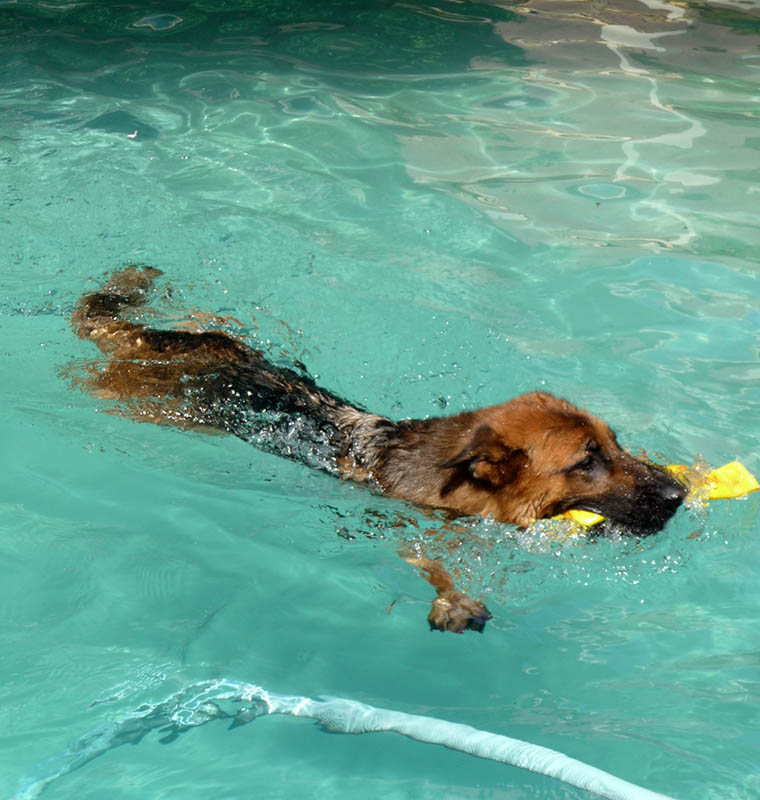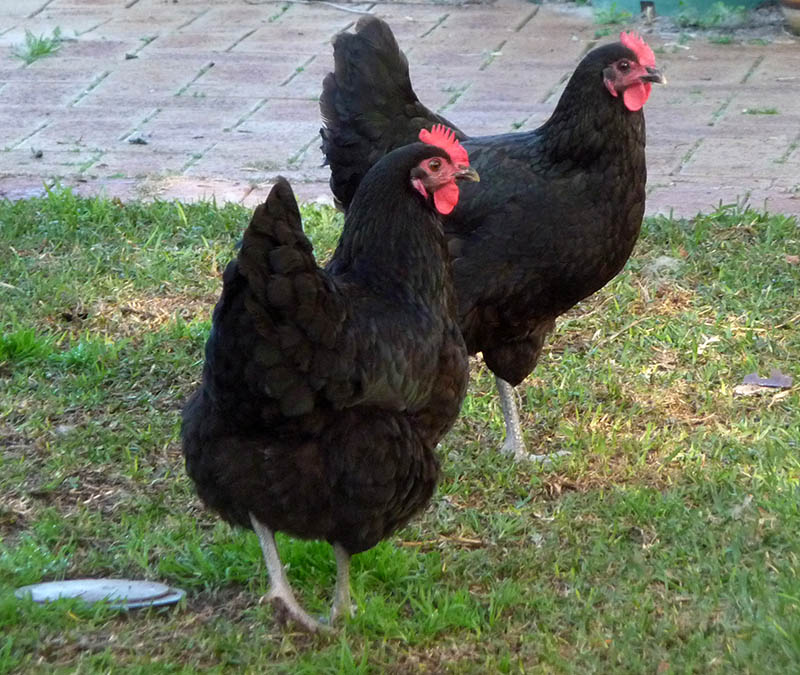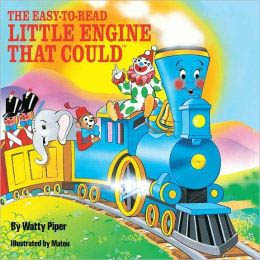The harsh reality of having a pet in one’s life is that they will almost certainly die before you do. I am told that dogs – my preferred household pet – sometimes live up to 19 or 20 years and can be hale and hearty for most of their lifespan. My experience, however, has been that 10 years is the best that one can realistically hope for. This indicates a clear need for acceptance and understanding of this outcome from the start in order to minimise emotional upsets further down the track.
Advice of that sort sounds sensible and is easy enough to give, although implementation can be a tad more problematic. What seems to happen in my case is that pets come into my life, become part of my family and that I give little thought to their possible or probable demise. I/we feed them, walk them, take them with us to the beach and on holidays, make sure they have regular checkups at the vet and that they get their inoculations on time. In short, we simply live our lives and enjoy the companionship they provide.
In due course, however, some or other event catches up with us and brings home the stark reality of their relatively short lifespan. In every case this has left me saddened and – in some cases – quite bereft. Looking back across my life, I remember each of my furry buddies – and the gap they left when they died. Time eases the ache and new furry friends come into our lives, but I’ve found that it’s impossible to simply replace a friend with another friend.

Most recently Nuschka came to us. She was two years old, seemed fit and healthy and was in need of a secure home. We all thought she’d be with us for a long time to come and incorporated her into the family post haste. In the yearn that followed we had a lot of fun together, but there was also a good deal of dog stress – low levels at first, but mounting over time to quite significant proportions. After months of her suffering chronic diarrhoea, numerous vet visits and all manner of investigations, we agreed to a procedure called a fecal microbiota transplantation (FMT) for her in mid-December. Essentially this involved surgical intervention to empty her intestine and bowel and to then repopulate them with healthy bacteria. At the same time biopsies of her gut and intestine could be done in order to eliminate cancers as a possible reason for her ill health and to establish whether there were any other issues.
We brought her home after her surgery and, although she was clearly happy to be at home and pleased to see us, after a week she had lost weight, was vomiting and dehydrated. Despite calming words from the vet, we rushed her back to the surgery at 3am on Christmas Eve. The week that followed was spent waiting. We waited to hear from the vet each day – and each day brought no new plan, no improvement and no clear idea of any resolution. The biopsies had shown that she had both inflammatory bowel disease, as suspected, as well as lymphangiectasia – a chronic and pathologic dilation of the lymph vessels.
We finally ran out of options just before New Year. The surgery was very busy when I got there to see her and we ended up sitting together in a back room, my Nuschka and I, until our turn came. She was so happy to see me, her great plume of a tail swishing back and forth as she sniffed me and licked my hands and face. We sat there for four hours, cuddled up on the floor, my hand compulsively stroking her as I talked to her. I think I even dozed off with her at one point.
In due course the vet came back to give the lethal injection via Nuschka’s intravenous drip, after which we just sat with her as her life slowly ebbed away – and then for a while longer, chatting quietly about dogs and loss and life. This was the final thing I could do for my girl – to be there and take responsibility for my decision to end her life. Even though the decision was certainly in her best interests, I could not leave the implementation completely in the hands of others. She was my responsibility, not theirs.
It’s hard to sit by and watch a beloved family member fade away – but it is much harder to watch them suffer, particularly when there is an alternative. By the time I got home I thought I was all cried out – but I was wrong, apparently. Dear Nuschk – what a damn shame it ended up this way.







